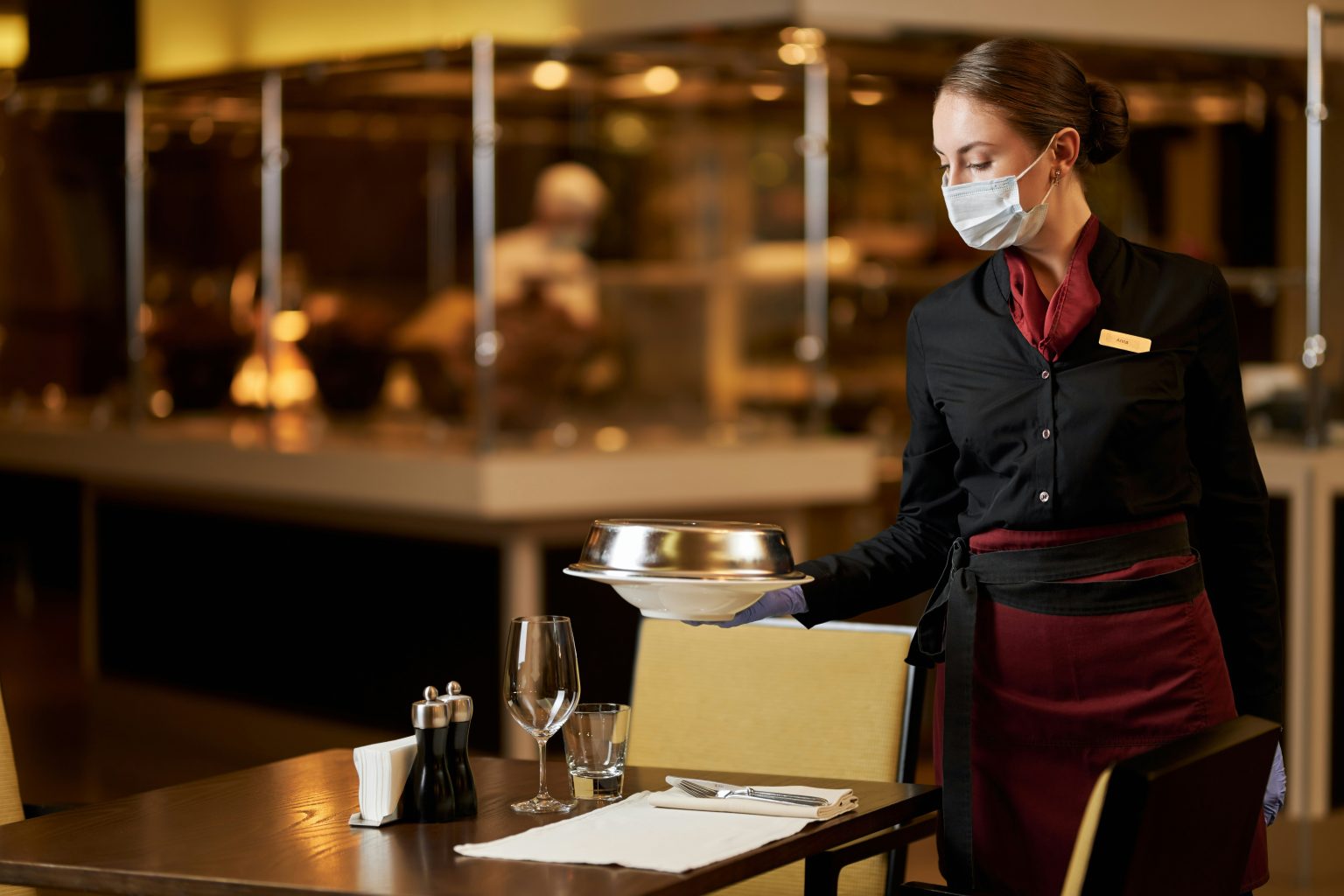- London has seen 137 restaurants launches in H1 2024, up 6% on last year (129)
- Prime Central London, encompassing Mayfair, Marylebone, and Soho, experienced the highest number of new openings, with 26 launches.
- The rate of restaurant closures has more than doubled during the same period, with 33 prominent restaurants closing their doors in H1, up from 14 last year, highlighting the importance of the right location.
London’s restaurant scene has remained relatively buoyant despite the cost of living crisis, with 137 new openings this year to date* compared to 129 in the same period in 2023, according to data compiled by Hot Dinners, London’s largest independent food and drink website, and analysed by Robert Irving Burns (RIB), the UK’s leading independent real estate consultancy.
Despite the steady flow of new openings, there has been a concurrent surge of closures, in the first half of 2024, with 33 prominent restaurants closing their doors, compared to just 14 in the same period in 2023, according to Hot Dinners. While there are a number of factors contributing to the closures, the high costs and short supply of the premium locations have been cited as one of the key challenges. With rents in PCL rising, 52% of the new restaurants opening are located outside of the traditional PCL locations (compared to 50% last year), where rents are significantly cheaper, but a higher risk strategy.
| London Postcode | New Restaurant Launches | As a % |
| W1 (Mayfair, Fitzrovia, Marylebone, Soho) | 26 | 19% |
| WC (Covent Garden, Leicester Square) | 9 | 7% |
| EC (Shoreditch, Hoxton, The City) | 14 | 10% |
| SE1 (Borough, London Bridge, South Bank) | 7 | 5% |
| SW1 (Belgravia, Pimlico, St James) | 10 | 7% |
| Other | 71 | 52% |
Antony Antoniou, CEO of Robert Irving Burns says: “London’s restaurant scene has proven remarkably resilient in the face of economic headwinds, which has sustained demand for Grade A commercial space in Prime Central areas such as Mayfair and Marylebone. However, the majority of new openings (52%) have been outside of the key premium hotspots such as Mayfair. The high rents in these PCL locations are pricing out many of the new restaurants and leading businesses to pursue a different strategy, with some targeting the more residential working from home and weekend trade.”
Gavin Hanly, co-founder of Hot Dinners says: “London continues to boast some of the best restaurants in the world, with an incredible variety of cuisines available. The West End still attracts the biggest names in the business and it looks like the City is making a comeback. However, things are changing and some less central areas, particularly Notting Hill and Canary Wharf, are seeing more high-profile openings than ever.”
New restaurant openings in central London locations has kept demand for high-quality commercial space high, particularly in Mayfair. The affluent area is home to hedge funds and private equity firms, with Millennium announcing its return to Berkeley Street and Blackstone announcing its plans to relocate to Berkeley Square.
Of the new openings in 2024, almost one fifth (19%) are located in prime central W1 postcode encompassing Mayfair and Marylebone, down from 26% last year. High profile openings include Michel Roux Jr’s Chez Roux, following the closure of Le Gavroche and Arlington, which marked the return of famed restaurateur, Jeremy King.
Conversely, the proportion of new openings that are in EC (The City and Shoreditch) has risen from 4% to 10% as the area seeks to compete with the West End as a dining destination. New restaurants include Engel & Jang at the Royal Exchange, a Japanese/Korean fusion restaurant with Art Deco inspired interiors opened by Des Gunewardena, the ex-D&D co-founder who was behind iconic restaurants like Quaglino’s. The opening of BoxHall, a 17,000 square foot site beside Liverpool Street Station, will see 16 new pop-up restaurants launch in Winter 2024.
Antony Antoniou, CEO of RIB continues: “The mantra in real estate of ‘location, location, location’ is particularly pertinent to the restaurant space – a restaurant will often live or die due to its location. A great example of this is Cornerstone, the Michelin star restaurant in Hackney Wick, which recently announced plans to permanently close, just weeks after being slated to move to a larger, more central location in either Mayfair, Marylebone, Covent Garden or Soho. The operators will focus instead on their remaining, more central location, the Pearly Queen in Shoreditch.
“The advantages of being located in a secondary location, such as cheaper rent per square foot and fewer competitors, are often outweighed by the downsides of much lower footfall and lack of visibility, due to lack of proximity to shops, tourist attractions and offices. The success of restaurants in outer locations will be down to their location in these places. Those located in areas of high footfall and visibility will likely be able to capitalise on the working from home and weekend trade, whilst being able to offer greater value for money due to their lower costs.”
*Year to July 31st 2024



